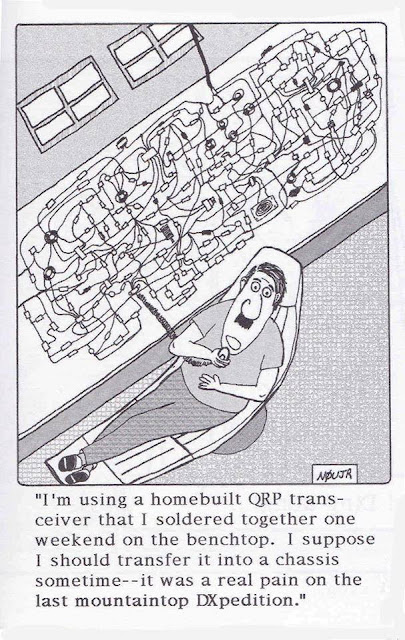We talk a lot about putting soul in our new machines. The phrase comes from a book by Tracy Kidder. Ira Flatow of NPR's Science Friday recently took a new look at this book. There are TWO recordings in this link. Both are worth listening to. The second is an interview with the author, conducted at Google HQ in New York City. Woz chimes in.
At about 6:43 in the second interview, Ira Flatow and Tracy Kidder get into a little argument about how to pronounce the word "kludge." I'm with Ira -- the fact that he pronounces it this way makes me think that we are using a New York, or at least and East Coast pronunciation.
I am a big fan of Tracy Kidder. His "Mountains Beyond Mountains" is about Dr. Paul Farmer, a heroic physician who has dedicated his life to treating the poor people of Haiti. "My Detachment" is about Kidder's stint as an army officer in Vietnam. Kidder and his editor wrote a nice book about the crafts of writing and editing: "Good Prose." "Strength in What Remains" is about the genocide in Burundi.
Our book: "SolderSmoke -- Global Adventures in Wireless Electronics"
http://soldersmoke.com/book.htm
Our coffee mugs, T-Shirts, bumper stickers:
http://www.cafepress.com/SolderSmoke
Our Book Store:
http://astore.amazon.com/contracross-20




























